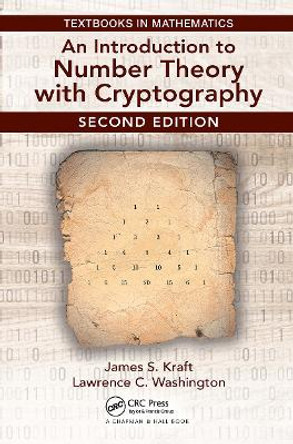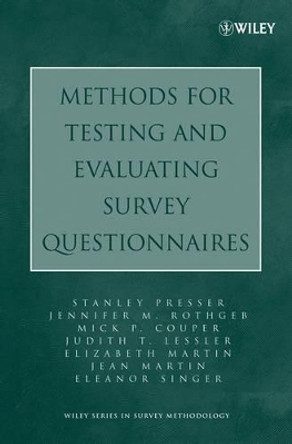Description
Now the most used texbook for introductory cryptography courses in both mathematics and computer science, the Third Edition builds upon previous editions by offering several new sections, topics, and exercises. The authors present the core principles of modern cryptography, with emphasis on formal definitions, rigorous proofs of security.
About the Author
Jonathan Katz is Director, Maryland Cybersecurity Center and Professor, Department of Computer Science and UMIACS Department of Electrical and Computer Engineering at University of Maryland. He is the co-author with Yehuda Lindell of Introdution to Modern Cryptography, Second Edition, published by CRC Press.Vadim
Yehuda Lindell is a professor in the Department of Computer Science at Bar-Ilan University where he conducts research on cryptography with a focus on the theory of secure computation and its application in practice. Lindell received a Raviv Fellowship[1] and spent two years at IBM's cryptography research group at the T.J. Watson Research Center.
Reviews
The organization is quite natural, and aligns well with my course. My course covers the topics in exactly the same order as in Katz and Lindell, except that we skip some sections due to time constraints. I actually find Chapter 1 (Introduction) among the strongest aspects of this book. It does an excellent job discussing historical cryptography, explaining the motivation behind "modern cryptography," and introducing the non-expert to some of the basic concepts on which the rest of the contents of the book are built. I think this is an excellent textbook, and I can find very little fault with it. As I mentioned above, a possible suggestion is to add some more modern topics (lattice crypto, code-based crypto, FHE, obfuscation etc.) On the other hand, as an introductory textbook, it is perhaps also fine without those more advanced and more modern topics. - Gorjan Alagic
I find Chapters 2 and 5 to be the best. Both for its clarity. Chapter 2 is clear on certain details that, in my view, make the material much easier to understand than other treatments I have come across. E.g., clearly clarifying that when we consider the notion of "secret," we address the case only that one single message is sent. Not multiple messages. This really helps one quickly understand the technical details and proofs. Similarly, Chapter 5 on hash functions, in my view, is tricky to present. E.g., it must be clear that one is not dealing with a particular instance of a collision, but really finding collisions. This distinction is made very clearly in this book.- Mahesh Tripunitara
Book Information
ISBN 9780815354369
Author Jonathan Katz
Format Hardback
Page Count 648
Imprint CRC Press Inc
Publisher Taylor & Francis Inc
Weight(grams) 1080g










